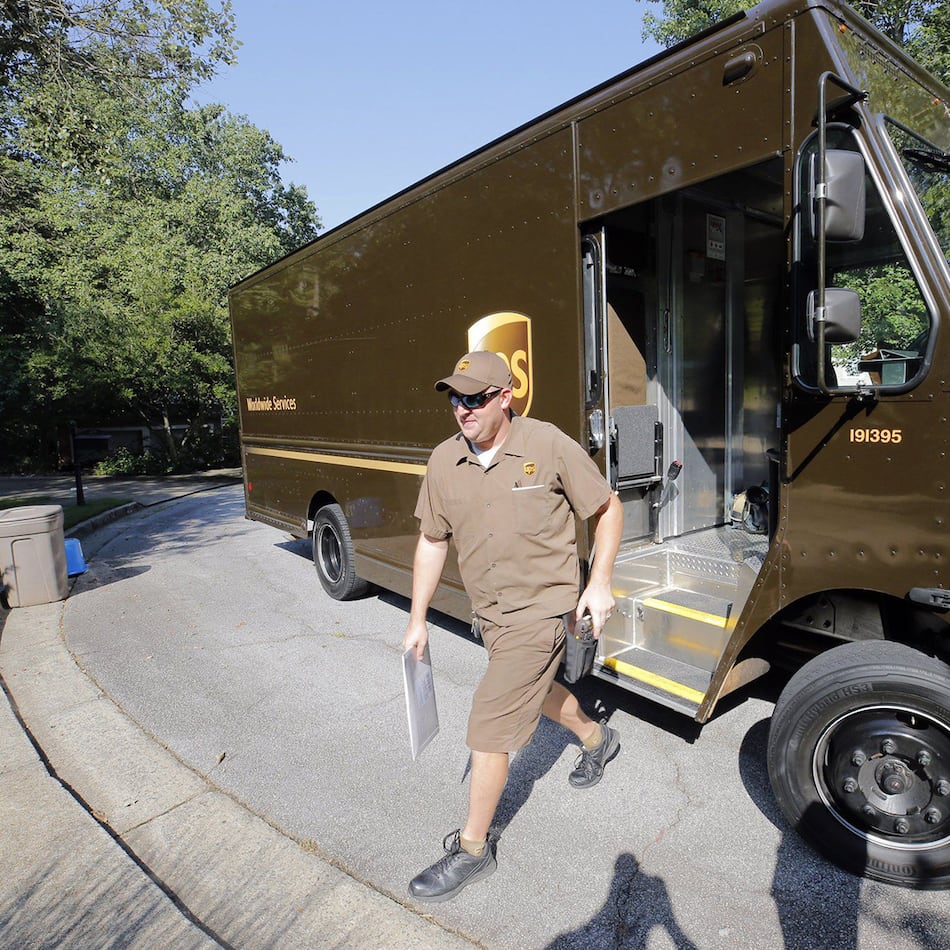KERRVILLE, Texas (AP) — Flash floods in Texas killed dozens and left an unknown number of July Fourth visitors and campers missing, including many girls attending Camp Mystic. The devastation along the Guadalupe River, outside of San Antonio, has drawn a massive search effort as officials face questions over their preparedness and the speed of their initial actions.
Here's what to know about the deadly flooding, the colossal weather system that drove it in and around Kerr County, Texas, and ongoing efforts to identify victims.
Massive rain hit at just the wrong time, in a flood-prone place
The floods grew to their worst at the midpoint of a long holiday weekend when many people were asleep.
The Texas Hill Country in the central part of the state is naturally prone to flash flooding due to the dry dirt-packed areas where the soil lets rain skid along the surface of the landscape instead of soaking it up. Friday's flash floods started with a particularly bad storm that dropped most of its 12 inches (30 centimeters) of rain in the dark early morning hours.
After a flood watch notice midday Thursday, the National Weather Service office issued an urgent warning around 4 a.m. that raised the potential of catastrophic damage and a severe threat to human life. By at least 5:20 a.m., some in the Kerrville City area say water levels were getting alarmingly high. The massive rain flowing down hills sent rushing water into the Guadalupe River, causing it to rise 26 feet (8 meters) in just 45 minutes.
Death toll is expected to rise and the number of missing is uncertain
At least 59 people in Kerr County, and eight elsewhere in central Texas were confirmed dead as of Sunday morning.
In Kerr County, 38 of the victims dead were adults and 21 were children, including 16 girls recovered from Camp Mystic, a Christian summer camp along the river. Eleven more girls were still unaccounted for.
For past campers, the tragedy turned happy memories into grief.
Beyond the Camp Mystic campers unaccounted for, the number of missing from other nearby campgrounds and across the region had not been released.
“We don’t even want to begin to estimate at this time,” Kerrville City Manager Dalton Rice said Saturday, citing the likely influx of visitors during the July Fourth holiday.
Officials face scrutiny over flash flood warnings
Survivors have described the floods as a "pitch black wall of death" and said they received no emergency warnings.
Kerr County Judge Rob Kelly, who lives along the Guadalupe River, said Saturday that " nobody saw this coming." Various officials have referred to it as a "100-year-flood," meaning that the water levels were highly unlikely based on the historical record.
And records behind those statistics don’t always account for human-caused climate change. Though it’s hard to connect specific storms to a warming planet so soon after they occur, meteorologists say that a warmer atmosphere can hold more moisture and allow severe storms to dump even more rain.
Additionally, officials have come under scrutiny about why residents and youth summer camps along the river were not alerted sooner than 4 a.m. or told to evacuate.
Officials noted that the public can grow weary from too many flooding alerts or forecasts that turn out to be minor.
Kerr county officials said they had presented a proposal for a more robust flood warning system, similar to a tornado warning system, but that members of the public reeled at the cost.
On Sunday, officials walked out of a news briefing after reporters asked them again about delays in alerts and evacuations.
Monumental clearing and rebuilding effort
The flash floods have erased campgrounds and torn homes from their foundations.
"It’s going to be a long time before we’re ever able to clean it up, much less rebuild it," Kelly said Saturday after surveying the destruction from a helicopter.
Other massive flooding events have driven residents and business owners to give up, including in areas struck last year by Hurricane Helene.
AP photographers have captured the scale of the destruction, and one of Texas' largest rescue and recover efforts.
Keep Reading
The Latest
Featured



